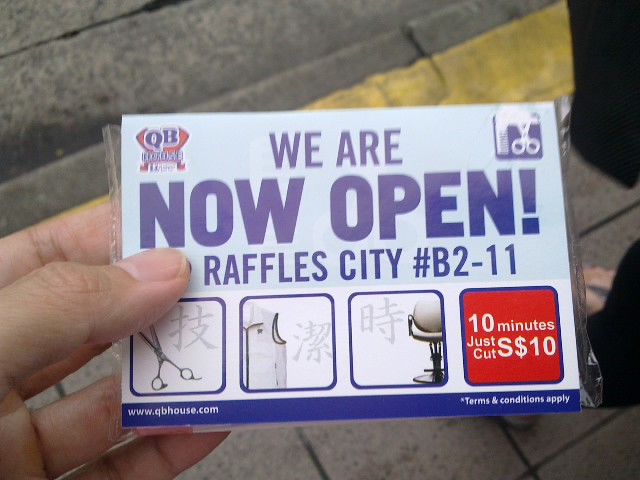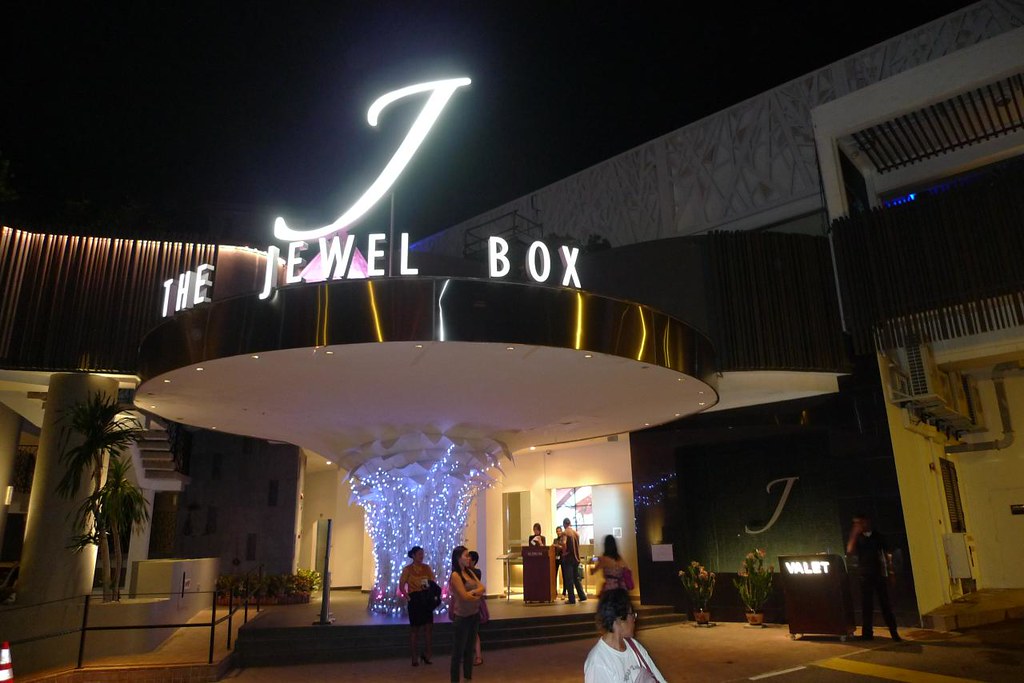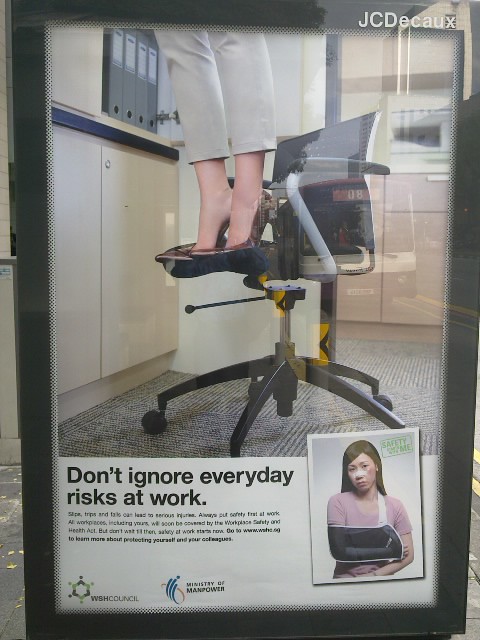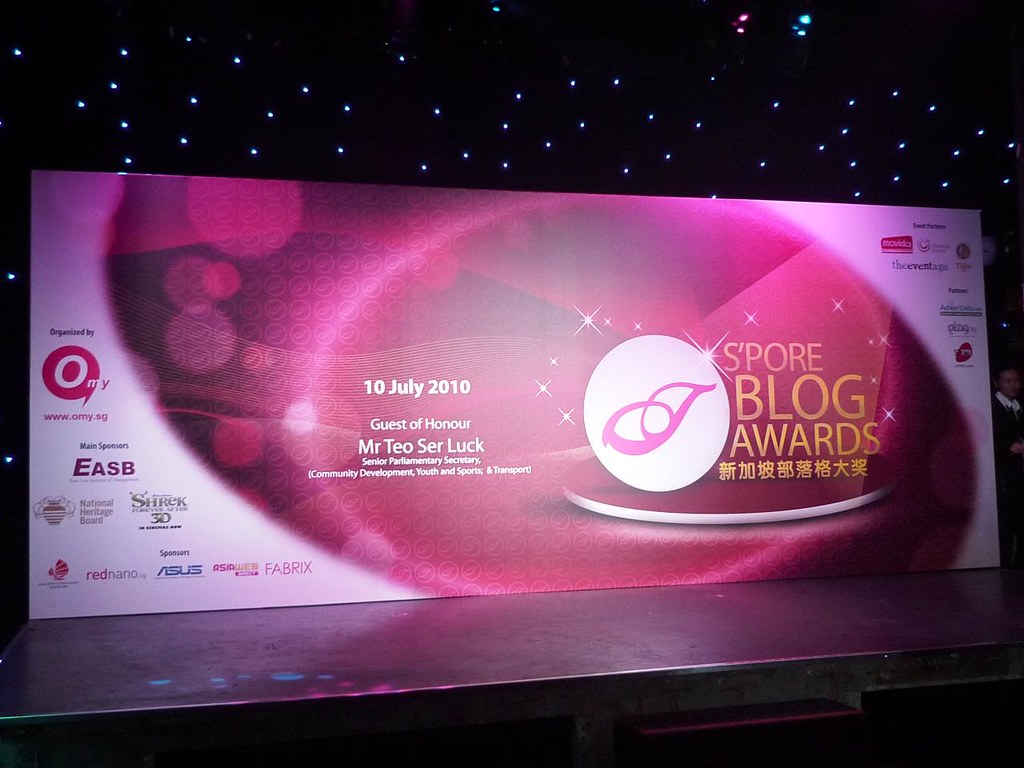Last night, at the kind invitation of Liana Tang (@spoonrabbit on Twitter), I participated in the first #nlbmeetup (issue #1) organised by the National Library Board. Happening at the lovely Esplanade Library, the Meet Up was a good chance for me to catch up with social media buddies and to witness the evolution/revolution of Singapore libraries from Paper Books to Facebook.
Of course, our libraries aren’t strangers to social media, as my buddy Rambling Librarian (aka Ivan Chew) would testify. They have blogs for almost anything under the sun, a Twitter account, a Facebook fan page, an electronic encyclopedia (Infopedia), as well as other social media tools. Being a great fan, I can attest to their extensive efforts in using web and social technologies to improve the entire book borrowing, reading, fine paying (it happens!) and information gathering experience.
It was great to know that Siva (or @sivasothi), a long-time friend, former biology tutor, Friend of Yesterday.sg, and eco activist extraordinaire, would be speaking about his experiences as one of the pioneers in embracing social media for teaching and other purposes.









